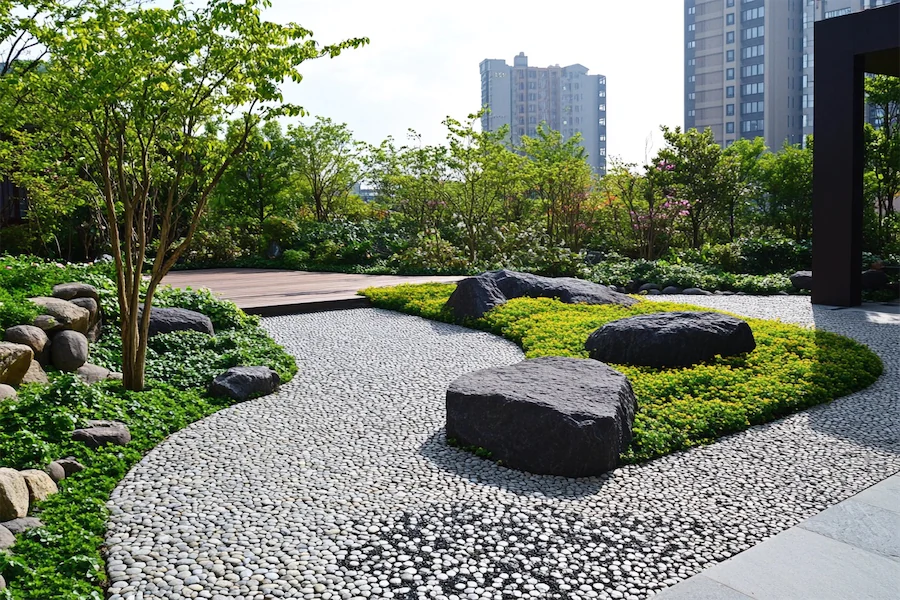A healing garden is a thoughtfully designed outdoor space intended to promote physical, mental, and emotional well-being. By incorporating natural elements and sensory experiences, these gardens offer restorative environments that support recovery and enhance quality of life.
Key Features of Healing Gardens
Healing gardens are characterized by several distinctive features:
- Natural Elements: Incorporating a variety of plants, flowers, and trees not only enhances the aesthetic appeal but also provides a sensory experience that positively impacts mental well-being.
- Accessibility: Designing inclusive spaces with accessible pathways and seating ensures that individuals of all abilities can benefit from the garden.
- Water Features: The sound of flowing water can lower blood pressure and promote relaxation while attracting birds and beneficial insects to the garden.
- Seating Areas: Providing comfortable places to sit encourages visitors to spend time in the garden, facilitating relaxation and contemplation.
Benefits of Healing Gardens
Establishing a healing garden offers numerous advantages:
- Stress Reduction: Exposure to natural environments has been shown to reduce stress levels and improve mood, contributing to overall mental health.
- Physical Rehabilitation: Engaging in gardening activities can aid in physical therapy, improving mobility and strength.
- Enhanced Social Interaction: Healing gardens can serve as communal spaces, fostering social connections and support networks among visitors.
Considerations When Designing a Healing Garden
When planning a healing garden, consider the following:
- User Needs: Identify the specific health concerns and preferences of potential users to tailor the garden’s features effectively.
- Sensory Engagement: Incorporate elements that stimulate the senses, such as fragrant plants, textured surfaces, and varying colors, to enhance the therapeutic experience.
- Maintenance: Select low-maintenance plants and materials to ensure the garden remains a sustainable and enduring sanctuary.
Conclusion
Healing gardens provide a sanctuary that fosters well-being through intentional design and connection with nature. By thoughtfully incorporating natural elements, ensuring accessibility, and addressing the specific needs of users, these gardens can serve as powerful tools for promoting health and healing in various settings.
